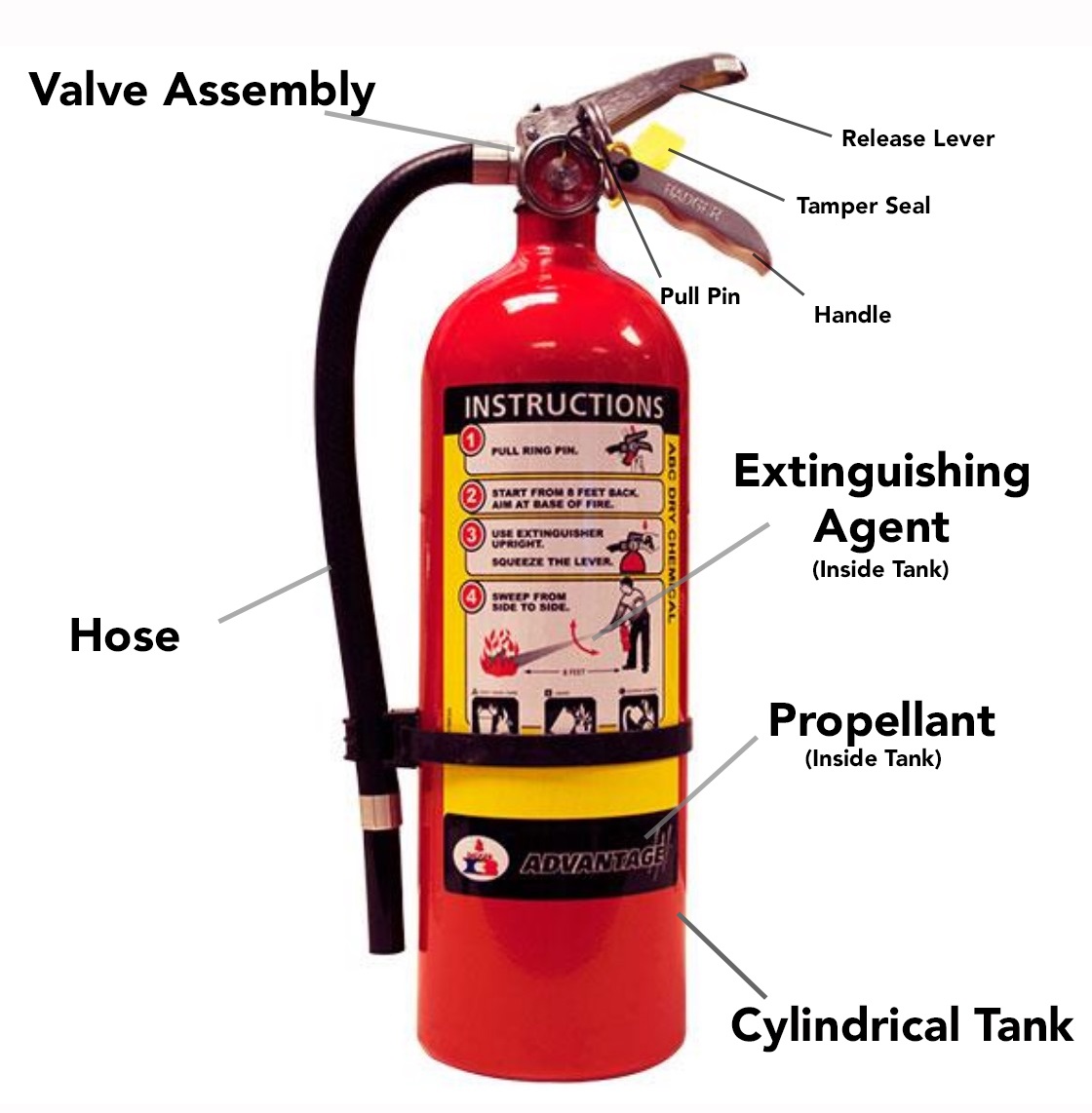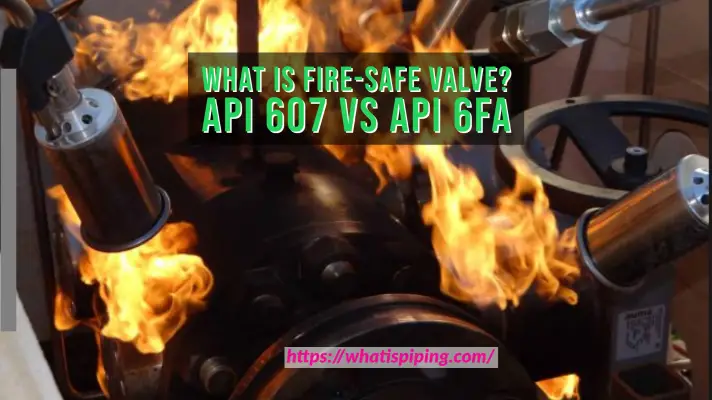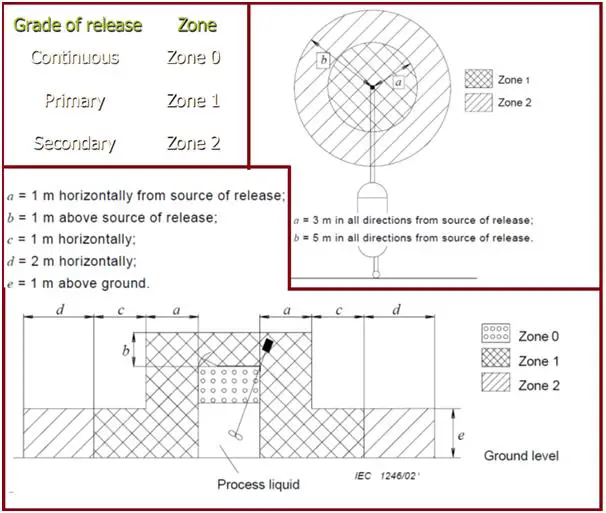The National Fire Protection Association (NFPA) has developed a set of standards for fire protection, life safety, and building codes. One of these standards is NFPA 37: Standard for the Installation and Use of Stationary Combustion Engines and Gas Turbines. This standard provides guidelines for the installation, operation, and maintenance of stationary combustion engines and gas turbines to prevent fires, explosions, and other hazards.
Stationary combustion engines and gas turbines are widely used in industrial and commercial settings to provide reliable and efficient power generation. However, the operation and maintenance of these machines come with inherent risks, such as fires, explosions, and toxic gas releases. To mitigate these hazards, the National Fire Protection Association (NFPA) developed a standard, NFPA 37, for the installation and use of stationary combustion engines and gas turbines. This article will provide an overview of NFPA 37, its scope, requirements, and how it helps ensure the safe and reliable operation of stationary combustion engines and gas turbines.
Scope of NFPA 37
NFPA 37 covers the installation, operation, and maintenance of stationary combustion engines and gas turbines that are fueled by natural gas, diesel, or other liquid or gaseous fuels. The standard applies to both new installations and existing ones that undergo modifications or repairs. It also covers both indoor and outdoor installations and equipment that are connected to a building’s electrical and mechanical systems. The current edition of NFPA 37 is NFPA 37-2021.
Requirements of NFPA 37
NFPA 37 sets forth specific requirements to ensure the safe operation of stationary combustion engines and gas turbines. Some of the key requirements include:
Design and Installation: NFPA 37 requires that stationary combustion engines and gas turbines be designed and installed in accordance with recognized engineering standards and codes. This includes compliance with applicable codes such as the National Electric Code (NEC) and the International Building Code (IBC). The standard also provides specific guidelines for the installation of fuel storage and handling systems.
For example, fuel storage tanks must be located outside of buildings or installed in fire-rated enclosures. Piping and tubing used for fuel delivery must be properly grounded, supported, and protected from physical damage.
Location and Clearance: Stationary combustion engines and gas turbines must be located in an area that provides adequate clearance from combustible materials and sources of ignition. The standard specifies minimum clearance distances based on the engine’s power output and fuel type.
Fuel Storage and Handling: The standard provides guidelines for the storage and handling of fuels used in stationary combustion engines and gas turbines. It covers the design, construction, and operation of fuel storage tanks, piping, and associated equipment.
Ventilation: Adequate ventilation is essential for the safe operation of stationary combustion engines and gas turbines. The standard specifies requirements for the design, installation, and operation of ventilation systems that can effectively remove exhaust gases and prevent the buildup of explosive or toxic concentrations.
Electrical Systems: Stationary combustion engines and gas turbines must be equipped with electrical systems that meet the requirements of the National Electric Code (NEC) and other applicable standards. The standard covers the installation, grounding, and bonding of electrical equipment used in these machines.
For example, electrical equipment must be installed in accordance with the NEC and must be properly grounded. Electrical panels and disconnect switches must be located outside of the engine room or turbine enclosure.
Fire Protection: NFPA 37 requires the installation of fire protection systems that can detect and suppress fires that may occur in stationary combustion engines and gas turbines. The standard specifies requirements for fire detection systems, fire suppression systems, and portable fire extinguishers.
For example, fire extinguishers must be located near the engine or turbine and must be easily accessible. Automatic sprinkler systems must be installed in accordance with NFPA 13: Standard for the Installation of Sprinkler Systems.
Maintenance and Testing: To ensure the safe and reliable operation of stationary combustion engines and gas turbines, the standard requires regular maintenance and testing of these machines. It covers the inspection, cleaning, and repair of engine components, as well as the testing and calibration of safety devices and systems.
Training and Documentation: Finally, NFPA 37 requires that personnel who operate or maintain stationary combustion engines and gas turbines be properly trained in their safe operation and maintenance. The standard also requires that documentation be maintained to verify compliance with the standard and to track maintenance and testing activities.
Benefits of NFPA 37
Compliance with NFPA 37 provides several benefits to building owners, operators, and occupants. Some of these benefits include:
- Increased Safety: The primary benefit of NFPA 37 is the increased safety of stationary combustion engines and gas turbines. The standard sets forth specific requirements that help prevent fires, explosions, and toxic gas releases, which can cause significant property damage and loss of life.
- Compliance with Regulations: Compliance with NFPA 37 ensures that building owners and operators meet the regulatory requirements for the installation and use of stationary combustion engines and gas turbines. Many jurisdictions require compliance with NFPA 37 as a condition for obtaining permits and approvals for these installations.
- Protection of Assets: Stationary combustion engines and gas turbines are significant investments for building owners and operators. Compliance with NFPA 37 helps protect these assets by reducing the risk of equipment damage and downtime due to fires, explosions, or other hazardous events.
- Improved Efficiency: Compliance with NFPA 37 helps improve the efficiency of stationary combustion engines and gas turbines.
Difference Between NFPA 37 and NFPA 110
NFPA 37 and NFPA 110 are two distinct standards developed by the National Fire Protection Association (NFPA) for different purposes. While both standards relate to emergency power supply systems, they apply to different types of equipment and have different requirements. Here are the key differences between NFPA 37 and NFPA 110:
- Scope: NFPA 37 applies to the installation and use of stationary combustion engines and gas turbines, while NFPA 110 applies to emergency and standby power supply systems that provide backup power to buildings and facilities during power outages.
- Equipment Types: NFPA 37 applies specifically to stationary combustion engines and gas turbines used for power generation, while NFPA 110 applies to a range of equipment used in emergency power supply systems, including generators, batteries, inverters, and transfer switches.
- Fuel Type: NFPA 37 covers stationary combustion engines and gas turbines that are fueled by natural gas, diesel, or other liquid or gaseous fuels, while NFPA 110 applies to emergency and standby power supply systems that can use a range of fuels, including diesel, natural gas, propane, and gasoline.
- Installation and Maintenance: NFPA 37 focuses on the installation and maintenance of stationary combustion engines and gas turbines, while NFPA 110 covers the design, installation, testing, operation, and maintenance of emergency and standby power supply systems.
- Testing Requirements: NFPA 37 requires regular testing and maintenance of stationary combustion engines and gas turbines, while NFPA 110 sets forth specific testing requirements for emergency power supply systems, such as load testing, transfer switch testing, and fuel system testing.
In summary, while both NFPA 37 and NFPA 110 relate to emergency power supply systems, they cover different types of equipment and have different requirements. NFPA 37 focuses on stationary combustion engines and gas turbines, while NFPA 110 applies to a range of equipment used in emergency and standby power supply systems.








